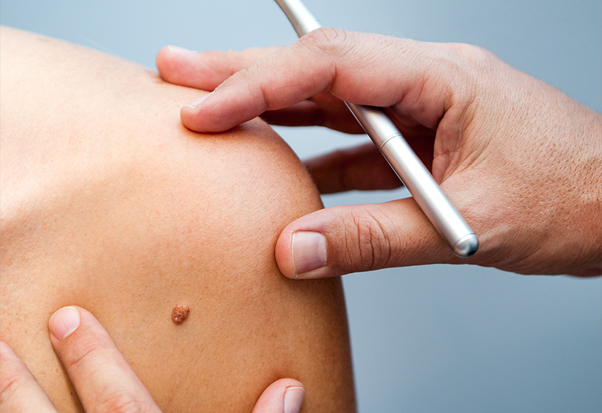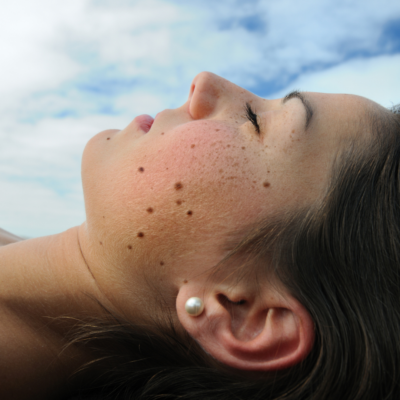
Removing Moles is Not DIY — Here’s Why
During the pandemic, you—like many people—are probably trying out new things. That’s great! However, playing dermatologist should not be one of them. We have read with alarm that some people are attempting to remove moles, warts and other skin growths themselves. This is not a good idea. Just as you wouldn’t try to give yourself a dental filling if you have a cavity or give yourself stitches if you have a serious cut, removing any kind of growth from the skin is not a DIY project. It is an in-office surgical procedure and should be performed by a skincare professional with proper medical training and licensing.
Could It Be Skin Cancer?
A major reason to have a pesky mole professionally assessed and removed by your California Skin Institute board-certified dermatologist is to determine whether it is cancerous or pre-cancerous. Dermatologists spend years training to recognize suspicious lesions. Upon identifying one, a biopsy is performed to examine the sample for cancer cells before deciding how to treat it. So, before you try to slice off a growth on your skin you find unattractive, think again—you may be slicing off a melanoma lesion.
Melanoma is the most lethal form of skin cancer. If you unknowingly remove a melanoma growth yourself, cancer cells can remain embedded in your skin and spread through your bloodstream to other vital organs. And, you might have no clue this is happening until it may be too late.
Another common type of skin cancer, basal cell carcinoma, often starts out looking like a skin-colored mole. Although it rarely spreads beyond its original tumor site, if left untreated, it can become invasive and damage skin, tissue and even bone. Plus, the longer you wait to have basal cell carcinoma treated, the more likely it is to recur.
Risk of Infection
Another risk of at-home mole removal is infection. A person in their home setting is not able to provide the same level of sterilization of tools, prepping the skin and postoperative care as a dermatologist would. An infection can start when microbes, usually bacteria, get the opportunity to enter the skin through a cut or tear. The invading microbes activate the body’s immune response and can cause inflammation within the wound and surrounding area. This will slow the healing process. Also, swelling and redness can occur and become quite painful. At this point, that deferred visit to the dermatologist may be needed for an oral or topical antibiotic prescription, draining the infection if pus has formed and properly treating the self-inflicted wound.
Risk of Scarring
Poking into your skin with sharp pointy objects could cause permanent scarring. How ironic would that be? By trying to remove a skin issue yourself, you could inadvertently create another one. When employing a sharp knife, scissors or razor to try to remove a mole, it is likely for someone without training to dig too deeply. This can result in a cratered indented scar or a raised bumpy one. Either way, the scar would need to be treated with multiple laser sessions in one of our offices to try to minimize it. It would be much simpler to have us remove the mole right away.
Biopsies — An Important Step
Having a mole or other skin growth removed and biopsied by California Skin Institute’s pathology lab could potentially save your life. Insurance providers know this. It is also more cost-effective for insurance companies to provide coverage for biopsies and early stage cancer treatment than late stage cancer treatment. So, the cost of mole removal should not be a factor. It is a medical procedure, not a cosmetic procedure, and most likely covered by your insurance.
At California Skin Institute, unlike many dermatology groups where dermatologists interpret biopsy slides, all biopsies and removed skin tissue are examined by our in-house pathologists in order to provide the most precise diagnosis possible.
We pride ourselves on providing a safe, welcoming environment that not only meets, but exceeds all COVID-19 recommendations for dermatological care. If a mole or other skin growth has emerged during this time, or an existing one has changed or started to annoy you when you look in the mirror, please do not try to remove it yourself. Call today for an appointment.



 / 291 Reviews
/ 291 Reviews